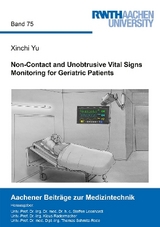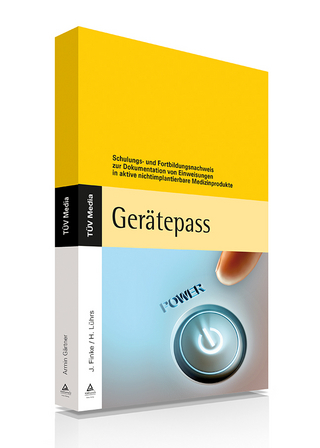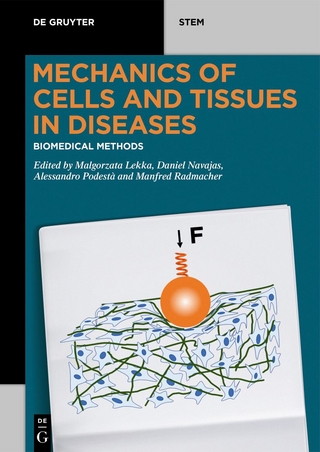Non-Contact and Unobtrusive Vital Signs Monitoring for Geriatric Patients
Seiten
Geriatric patients constitute a particularly vulnerable population. They suffer from multi-morbidity and geriatric syndromes that share common risk factors and interact with each other. The syndromes are linked by the central geriatric syndrome of frailty, which causes the interaction amongst the syndromes to end in a vicious circle: eventually, even minor stressor events can trigger a cascade, after which the functional status has declined disproportionately.
This work investigates and discusses unobtrusive vital signs monitoring as a means of reducing stressors for geriatric patients in the hospital environment. First, a clinical study will be introduced to investigate the feasibility and limitations of multi-spectral camera-based measurement of heart rate, heart rate variability, and respiratory rate for geriatric patients. The focus here will be on the novel machine learning-based signal processing algorithm developed to reliably measure the vital signs in environmental conditions that meet geriatric patients’ particular needs. Furthermore, the relationship between the frailty syndrome and heart rate variability as a potential surrogate parameter will be addressed. Second, a multi-modal bed-integrated sensor system will be introduced to investigate how the “hyper-modal” fusion of this sensor system with the multi-spectral camera system may improve the performance of unobtrusive vital signs monitoring. Finally, the findings will be discussed regarding possible clinical applications and future research topics.
This work investigates and discusses unobtrusive vital signs monitoring as a means of reducing stressors for geriatric patients in the hospital environment. First, a clinical study will be introduced to investigate the feasibility and limitations of multi-spectral camera-based measurement of heart rate, heart rate variability, and respiratory rate for geriatric patients. The focus here will be on the novel machine learning-based signal processing algorithm developed to reliably measure the vital signs in environmental conditions that meet geriatric patients’ particular needs. Furthermore, the relationship between the frailty syndrome and heart rate variability as a potential surrogate parameter will be addressed. Second, a multi-modal bed-integrated sensor system will be introduced to investigate how the “hyper-modal” fusion of this sensor system with the multi-spectral camera system may improve the performance of unobtrusive vital signs monitoring. Finally, the findings will be discussed regarding possible clinical applications and future research topics.
| Erscheinungsdatum | 21.02.2024 |
|---|---|
| Reihe/Serie | Aachener Beiträge zur Medizintechnik ; 75 |
| Verlagsort | Düren |
| Sprache | englisch |
| Maße | 148 x 210 mm |
| Gewicht | 295 g |
| Themenwelt | Medizin / Pharmazie |
| Technik ► Medizintechnik | |
| Schlagworte | Camera-based monitoring • frailty • Heart rate variability • machine learning • Multi-Modal Sensor Fusion |
| ISBN-10 | 3-8440-9366-4 / 3844093664 |
| ISBN-13 | 978-3-8440-9366-7 / 9783844093667 |
| Zustand | Neuware |
| Haben Sie eine Frage zum Produkt? |
Mehr entdecken
aus dem Bereich
aus dem Bereich
Schulungs- und Fortbildungsnachweis zur Dokumentation von …
Buch | Softcover (2024)
TÜV Media GmbH TÜV Rheinland Group (Verlag)
6,53 €
Moderne Verfahren in Diagnostik und Therapie
Buch (2023)
Spektrum der Wissenschaft (Verlag)
9,30 €
Buch | Softcover (2023)
De Gruyter (Verlag)
94,95 €




